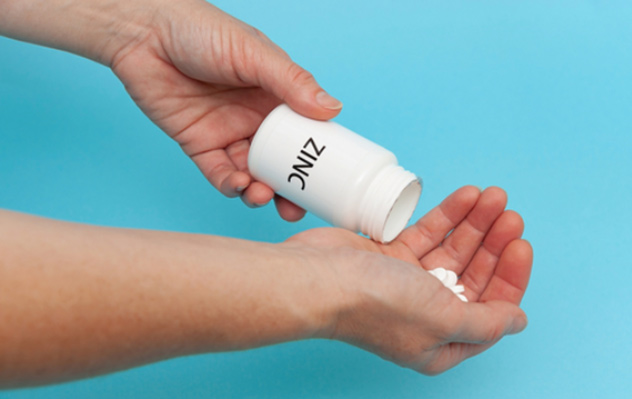Are Your Medications Causing Nutrient Deficiencies?
Could your symptoms be nutritional deficiencies? Medications can have many potential side effects that patients often aren’t aware of when they start a new prescription. Are you aware of all the possible side effects of your medications and the nutrient deficiencies they can cause? Medications can cause nutrient deficiencies by: Common medications and the nutrients … Read more



